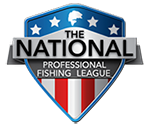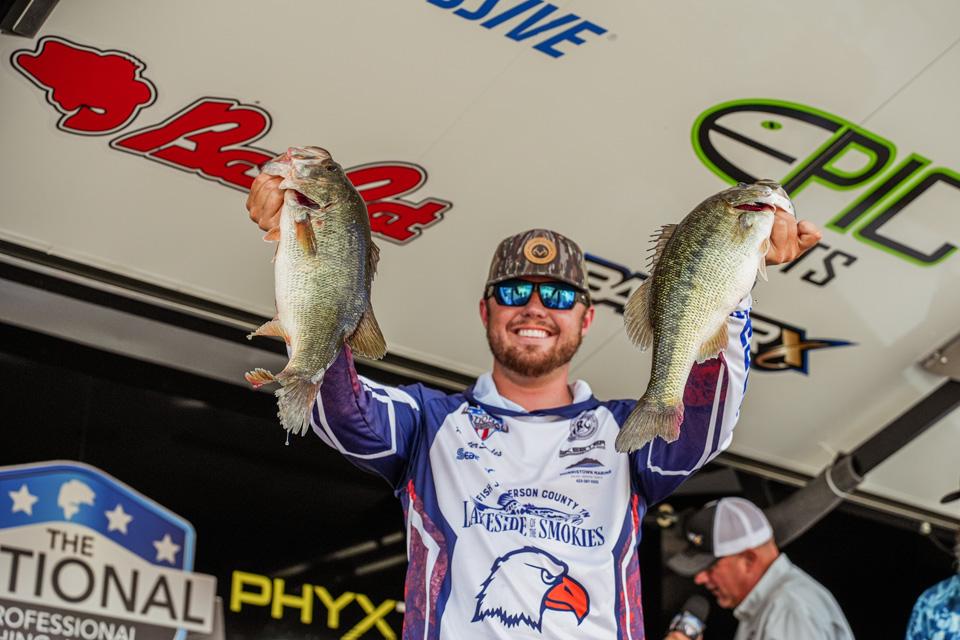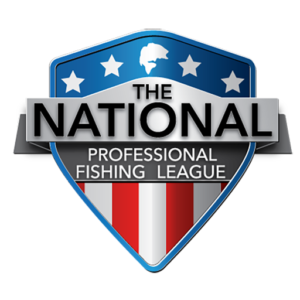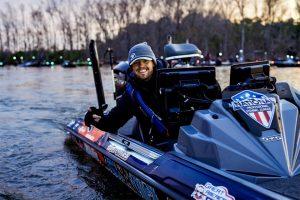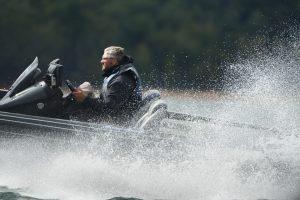Story by Hunter Sales | Photos by Tanner & Travis Lyons
Summer and bass fishing tournaments go hand in hand. It seems that every night of the week at every lake across the Southeast, there is a “wildcat” evening tournament happening. I love fishing these events. It’s how I got my start in bass fishing. I remember being an excited 8-year-old waiting on dad to get home from work so that we could go fishing.
One of the biggest challenges with these tournaments is keeping your fish alive. Water temperatures across much of the South are nearing 90 degrees and it can be hard to keep your fish healthy. We have a responsibility as outdoorsmen to protect the resource for the next generation. I’ll share a few of my favorite tips below.
Fish care has come a long way in recent years. Social media has exposed certain instances where fish kills have occurred—something no fisherman wants to see. I feel that the average fisherman cares about fish care more now than at any point before. There have also been huge improvements in technology. Products such as the FishLung (oxygen-producing machines) and their research has emphasized the importance of proper oxygen levels in livewells. Other products such as the BuzzerRocks Blood Stop spray have completely changed the way that I look at gut-hooked and bleeding bass.
Let’s start by diving into my “fish care toolbox.” I am big on preparation in all aspects of life and simply having the right tools can make a big difference with fish care. I have the following items in my boat at all times: two 18-gauge needles for fizzing, T-H Marine G-Juice, Buzzer Rocks Blood Stop Spray, and a battery-powered bilge that doubles as a makeshift recirculator in case of electrical issues. In summertime situations, I carry 20 pounds of ice and use a FishLung oxygen system.
Any fish care issues that I have experienced since implementing this system have been due to user error or oversight. For instance, I had a breaker trip at Pickwick Lake last year, which caused all of my pumps and FishLung system to stop working. By the time I had noticed the error, the damage was done. This was a good reminder to keep a close eye on your livewells even during the heat of a high-stakes event.
Knowing how to utilize the tools in your “fish care toolbox” is equally important. In the summer, I will start by keeping my ice in the cooler until I get to the first stop of the day, Oxygen levels are lowest at night due to the lack of photosynthesis occurring, so letting the sun rise before filling your livewells will kick things off on the right foot. After I get my livewells full, I will start by adding 5 pounds of ice to the livewell. I keep the other 15 pounds in my Yeti cooler and will add throughout the day as water temperatures rise or if I have to drain my livewells and refill them with fresh water.
Anytime you’re using ice in your livewells, it’s important to use a livewell treatment that removes chlorine. I learned this lesson the hard way at a BFL Super Tournament on Cherokee Lake in September of 2019. On Day 1 of the event, I forgot to get ice at my usual gas station and opted to get it at a “less than ideal” gas station near the ramp. I caught four fish on my first stop and tossed them in the livewell with two bags of ice. By the time I got to my second stop, those four fish were all dead from the chlorine in the ice. I caught a fifth fish rather quickly and was unable to cull my dead fish, so I ended up laying off my primary areas. I ended up finishing third in the tournament, losing by just over a pound. I had exactly a pound of dead fish penalties and would have just needed one cull to win the event! Lesson learned. Use livewell treatment with your ice.
Learning to fizz a bass is one of the most important skills that someone can learn to take care of fish. In lieu of explaining, this YouTube video does a great job explaining the process!
I will add that it is important to let the fish sit in your livewell for 5-10 minutes after catching the fish to determine if fizzing is actually needed. You don’t want to unnecessarily fizz a fish, and I have seen fish turn upside down immediately after being caught due to stress. If they are still “belly-up” after 10 minutes, go ahead and fizz those fish immediately. The longer they stay upside down, the more stress that the fish must endure.
Learning to take care of our natural resources is important to avoid government intervention, ensure the next generation has the same opportunities as us, and is simply the right thing to do. Keep an ample supply of fish care products, learn how to best implement them, and keep a close eye on the fish in your livewell. If someone at a local event doesn’t know how to take care of their fish or is struggling to get released fish to swim off, help them! I was blessed to have some great teachers in this arena.
Hunter Sales – Angler Profile
